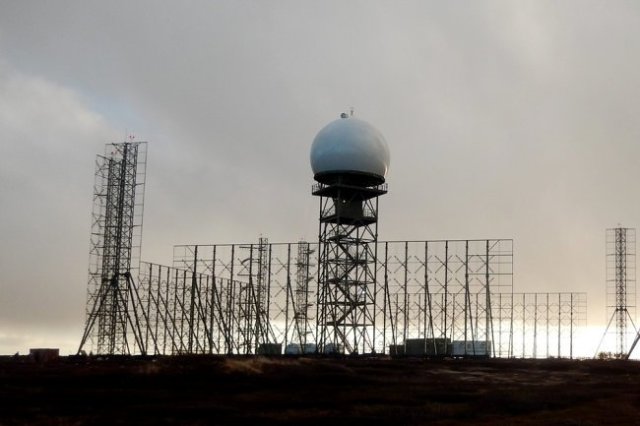The Far East is being made impregnable for air attack means. Whether we are talking about foreign planes, drones or various types of missiles - all of them will be detected in time and guaranteed to be destroyed. To do this, a new generation of radar stations is being installed in the east of the country.
These include the Resonance-N radar for long-range detection of inconspicuous air targets. A TASS source in the country's military-industrial complex on the sidelines of the Army-2021 forum reported that it was decided to deploy several such radars in the Far East that can detect even hypersonic objects flying at speeds up to Mach 20 in the sky. The first radar of this type in the east of Russia is going to be installed on Sakhalin.
Manufacturers talk about a number of serious advantages of this radar over other radar stations. First of all, "Resonance-N" allows you to detect various targets in the sky, including small-sized and made using stealth technology, at a range of 10 to 1200 kilometers and an altitude of up to 100 km. For example, its radar will detect an enemy fighter flying at an altitude of 10 kilometers from a distance of 350 kilometers. Qualification, determination of the coordinates and parameters of the movement of air objects takes place at the station in automatic mode. Moreover, the radar is ready to accompany up to 500 such objects in the sky. Target designation systems and air defense systems are also issued automatically.
At the same time, the calculations of anti-aircraft means receive from the station the information necessary for making a decision about the violators of the airspace. And "Resonance" constantly analyzes the interference situation and, if necessary, automatically protects itself from their impact.
It is known that this radar can operate in a circular mode or within a given sector. In addition to solving peacetime tasks, it will warn in advance about an air attack and will be engaged in information support of combat operations of aviation and air defense systems.
Another very important property of this station for the northern regions of the country is its ability to work in 40 - degree frosts and wind gusts up to 50 meters per second. In addition, the Resonance modules are easily transported by road, rail, water and air transport.
It is no coincidence that at least three such radars have already been deployed in the Arctic zone of Russia, including on Novaya Zemlya.
Yuri Gavrilov

